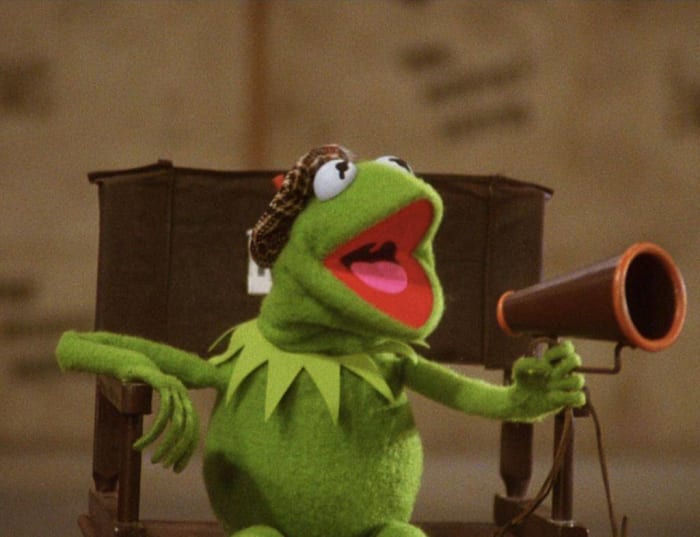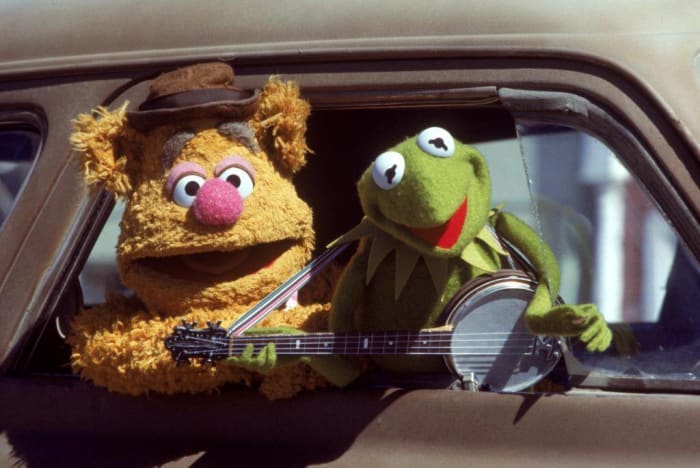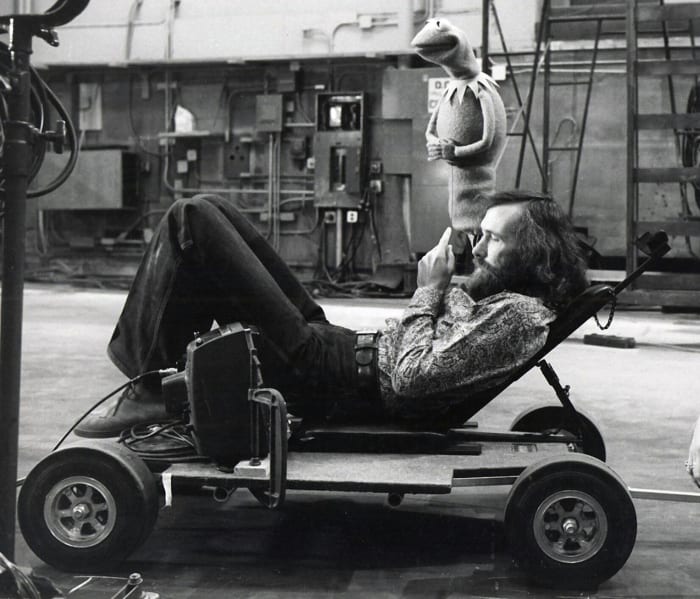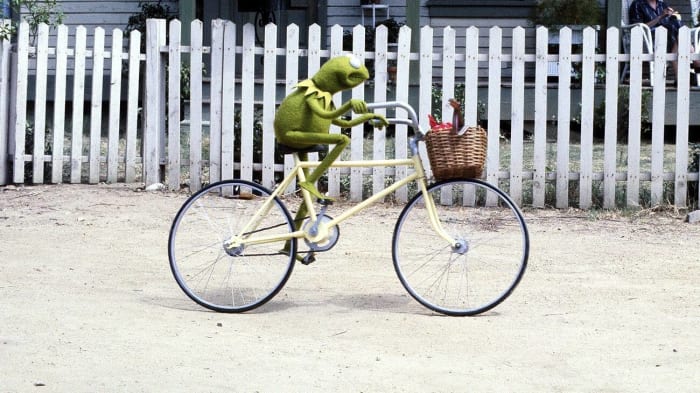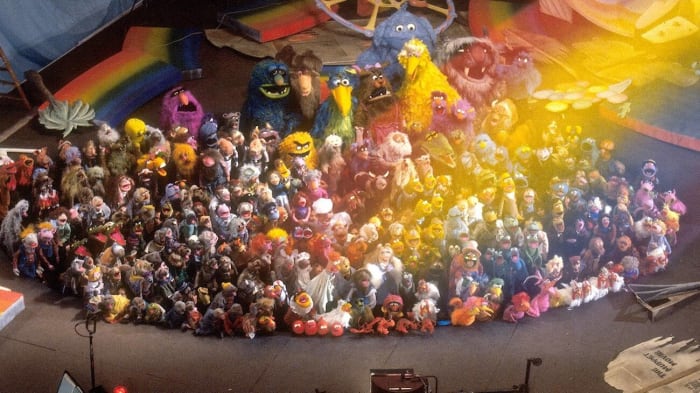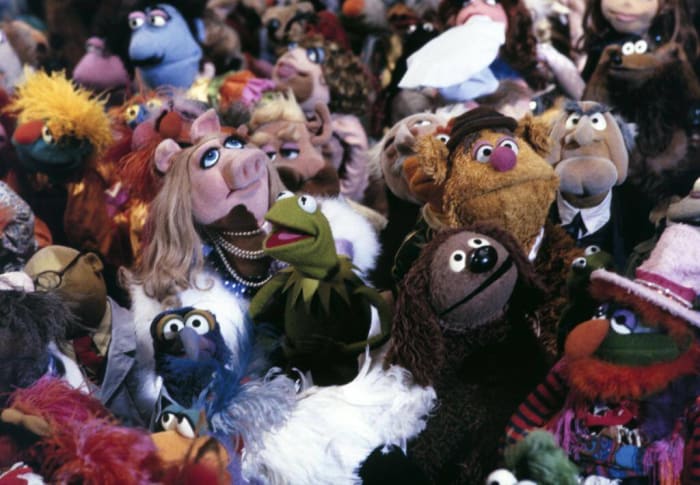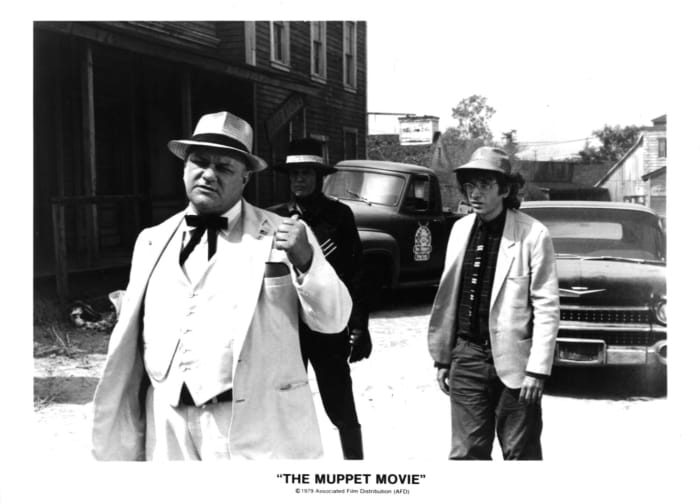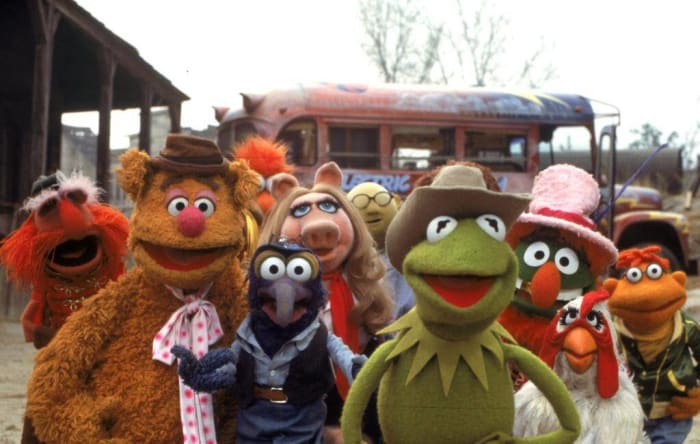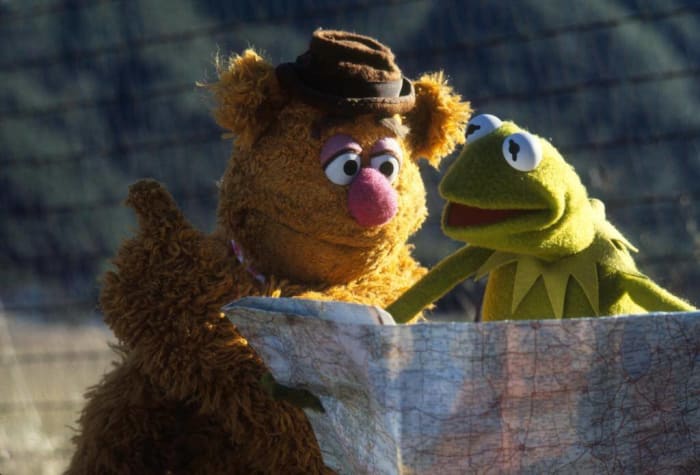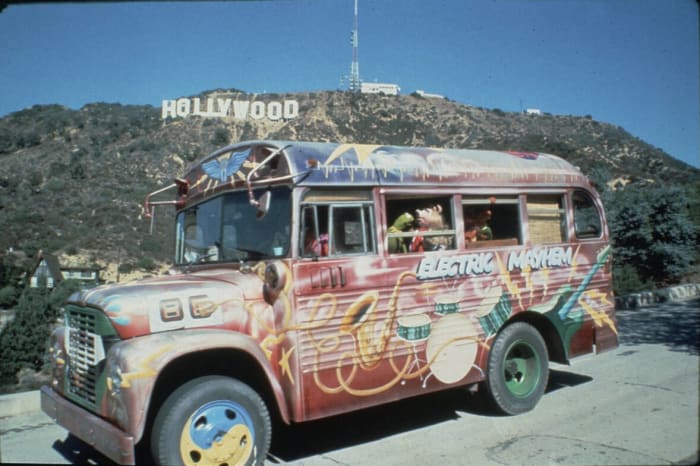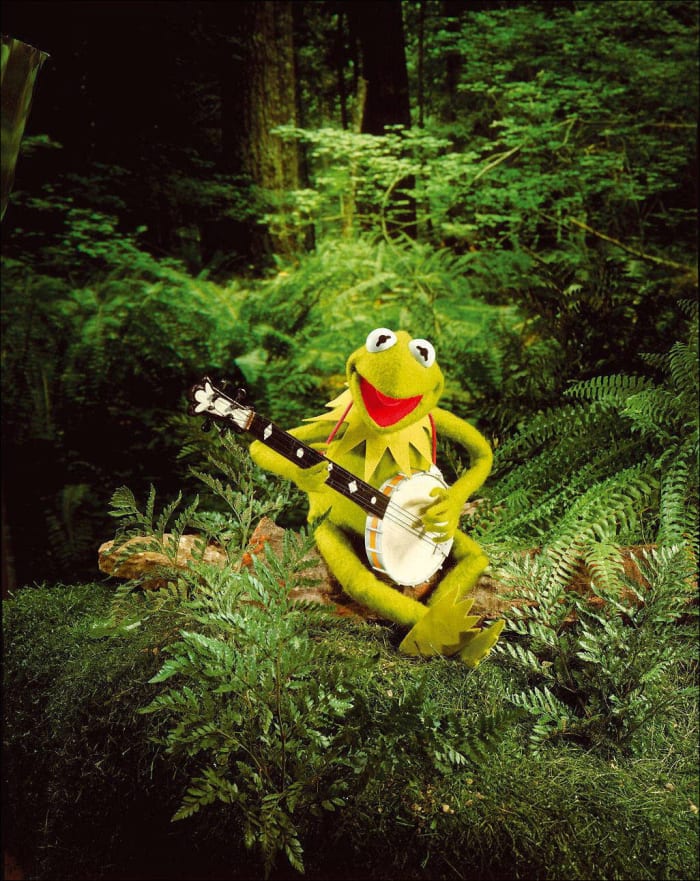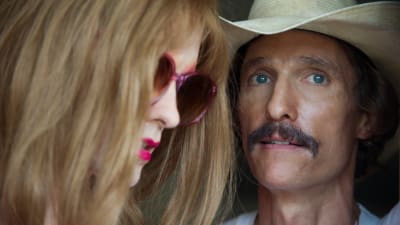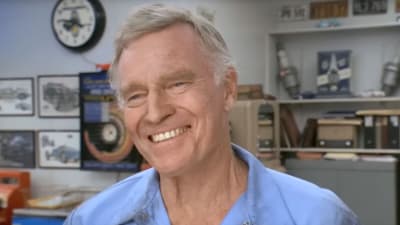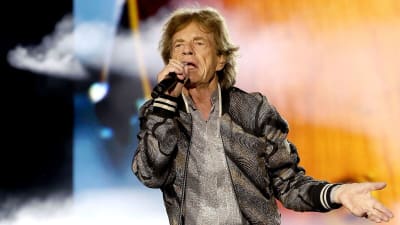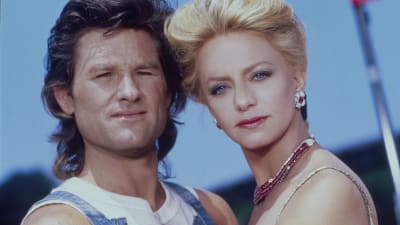Some of the most popular actors are made of fabric. We’re talking about Kermit, Gonzo, Miss Piggy, and so on. Yes, the Muppets. They had their own TV show and then moved to the big screen. The Muppet Movie was a big step for the beloved characters, and they never looked back. We’re movin’ right along to 20 facts you might not know about The Muppet Movie.
1 of 20
It was made during a break in the 'Muppet Show' schedule
Associated Film Distribution
The Muppets had been around for a while by the time they decided to see if they would work as a movie. Between the first and second half of the third season of The Muppet Show, the film went into production and had to be completed.
2 of 20
The film wasn’t directed by Jim Henson
Associated Film Distribution
The Muppets are known as Henson’s creation. He and Frank Oz are the two names most synonymous with the early days of the Muppets. However, neither Henson nor Oz directed The Muppet Movie or even wrote it. The movie is directed by James Frawley, who had primarily been a sitcom director working on shows such as The Monkees and That Girl.
3 of 20
Tests were needed as a proof of concept
Associated Film Distribution
The Muppets had basically only existed within the framework of the Muppet world. The show, for example, took place at the Muppet show. To see if the Muppets would work on the big screen, Henson, Oz, and Frawley went around London (where the show was made) to do test screening. Kermit, Fozzie, and Co. were brought into real-world locations for test filming to see how they would look in that realm.
4 of 20
Frawley did not enjoy himself
Associated Film Distribution
According to Austin Pendleton, who played Max, Frawley was “very unhappy” directing the movie, which made for an unhappy set. Pendleton also noted this was the only time Henson used somebody outside of the Muppet family to direct a Muppet movie, preferring to keep things insular after the Frawley experience.
Associated Film Distribution
Oz, the puppeteer and voice behind the likes of Fozzie and Miss Piggy, also appeared in human form in The Muppet Movie. Fittingly, he plays a biker who beats up Fozzie.
6 of 20
A comedy legend made his final appearance
Associated Film Distribution
The Muppet Movie is laden with cameos: Steve Martin, Mel Brooks, Madeline Kahn, Orson Welles, and more. One of the people making an appearance was Edgar Bergen and his puppet Charlie McCarthy. Bergen was a famous ventriloquist and also a personal hero of Henson. He would die soon after filming his cameo, making this his final appearance.
7 of 20
Henson put himself through a ton for an iconic shot
Associated Film Distribution
The Muppet Movie begins with Kermit sitting on a log, strumming his banjo, and singing “Rainbow Connection.” It’s one of the most famous opening scenes in a movie. It was also the first time a hand puppet had been performed while its full body was on screen. How did Henson make that happen? He climbed into a metal container designed for the movie with a monitor and an air hose so he could breathe. The container, with Henson inside, was put under the water, and he worked from there.
8 of 20
There were some other impressive puppeting feats
Associated Film Distribution
The “Rainbow Connection” scene was a real undertaking, but that wasn’t the only significant feat of puppetry from The Muppet Movie. For the scene where Kermit rides a bike, his legs and arms were attached to the pedals and handlebars. Then, a crane was fashioned with a marionette system with strings invisible to the camera. Remote-controlled puppets were used in front of a blue screen for other full-body scenes.
9 of 20
The last scene was massive
Associated Film Distribution
The movie ends with a reprise of “Rainbow Connection,” featuring every single puppet that Henson and Co. had created to that point. That meant around 250 puppets on the screen. To bring them to life, 150 puppeteers were used. The Muppet Show said in its fan club newsletter, “Every puppeteer west of the Rockies” was called upon.
10 of 20
A couple of famous directors were puppeteers in the final scene as well
Associated Film Distribution
Among all those puppeteers were a couple of guys who are not primarily thought of as puppeteers. One of them was the director John Landis, who performed Grover at the end. Oz would have a small role in Landis’ The Blues Brothers the following year. A pre-fame Tim Burton was one of the puppeteers as well.
11 of 20
The musicians had free reign
Associated Film Distribution
Kenneth Ascher and Paul Williams put together the music for The Muppet Movie. Henson was happy to let the musicians do their thing. Williams said Henson gave him as much freedom as anybody he’s ever worked with. As Williams noted in an interview with Songfacts, “I said, 'You want to hear the songs as we're writing them?' He said, 'No. I'll hear them in the studio. I know I'm gonna love them.'” Williams also has a cameo in the film as a pianist.
12 of 20
Henson went big with one special effect
Associated Film Distribution
When Animal takes Dr. Bunsen Honeydew’s growth pills, Henson did not want to use the regular-sized Animal puppet and a miniature set for effect. Instead, he had a gigantic Animal head made that was roughly 60 feet in diameter.
13 of 20
Welles’ character was a nod to an important person to the Muppets’ success
Associated Film Distribution
Welles plays Lew Lord, who hands the Muppets the standard “Rich and Famous” contract. His name is a reference to Sir Lew Grade. Grade was the head of Associated Television, the British company that had co-produced The Muppet Show. Grade was also a producer on The Muppet Movie and The Great Muppet Caper.
14 of 20
There was a debate over the fate of Doc Hopper
Associated Film Distribution
Hopper, played by Charles Durning, is the villain of the piece, considering his affinity for frog legs as a delicacy in a movie starring a frog. Apparently, there was a debate between Henson and Oz about the ultimate fate of Hopper. Henson thought they should redeem Hopper, which Oz was against. In the end, Oz’s notion won out.
15 of 20
The poster references an iconic image
Associated Film Distribution
The poster for The Muppet Movie is distinct and with good reason. It does not look like a poster from the 1970s, and that’s because it is a direct reference to the poster for the iconic 1939 film Gone with the Wind. The poster tips its hand on that front with this quote: “Frankly, Miss Piggy, I don’t give a hoot!”
16 of 20
A TV special predated the movie
Associated Film Distribution
To gin up excitement for The Muppet Movie, the Muppets had a one-hour special on CBS called The Muppets Go Hollywood. Additionally, the Muppets were guest hosts for The Tonight Show to help promote the film.
17 of 20
It premiered in England
Associated Film Distribution
In a nod to London being where The Muppet Show was given a chance to grow, The Muppet Movie would not have its premiere in the United States. Instead, the premiere took place at Leicester Square Theater in London. Reportedly, Princess Anne was among the attendees. It wouldn’t be until a month later the movie opened in America.
18 of 20
It was a landmark for puppets
Associated Film Distribution
The Muppet Movie was made for $8 million and earned $65.2 million at the box office. It would reign as the highest-grossing movie starring puppets until, fittingly, The Muppets rebooted the brand on the big screen in 2011.
19 of 20
It got two Oscar nominations
Associated Film Distribution
The Muppet Movie is a musical, and the music is perhaps why the film is best remembered. It got two nominations from the Academy Awards: one for Best Score and one for Best Original Song (“Rainbow Connection").
20 of 20
A song from the film was part of Henson’s memorial
Associated Film Distribution
Henson died in 1990 when he was only 53. One of his favorite songs in the history of the Muppets was “I’m Going to Go Back There Someday,” which Gonzo sang in this movie. At Henson’s memorial, Dave Goelz, the performer behind Gonzo, sang the song in Henson’s honor.
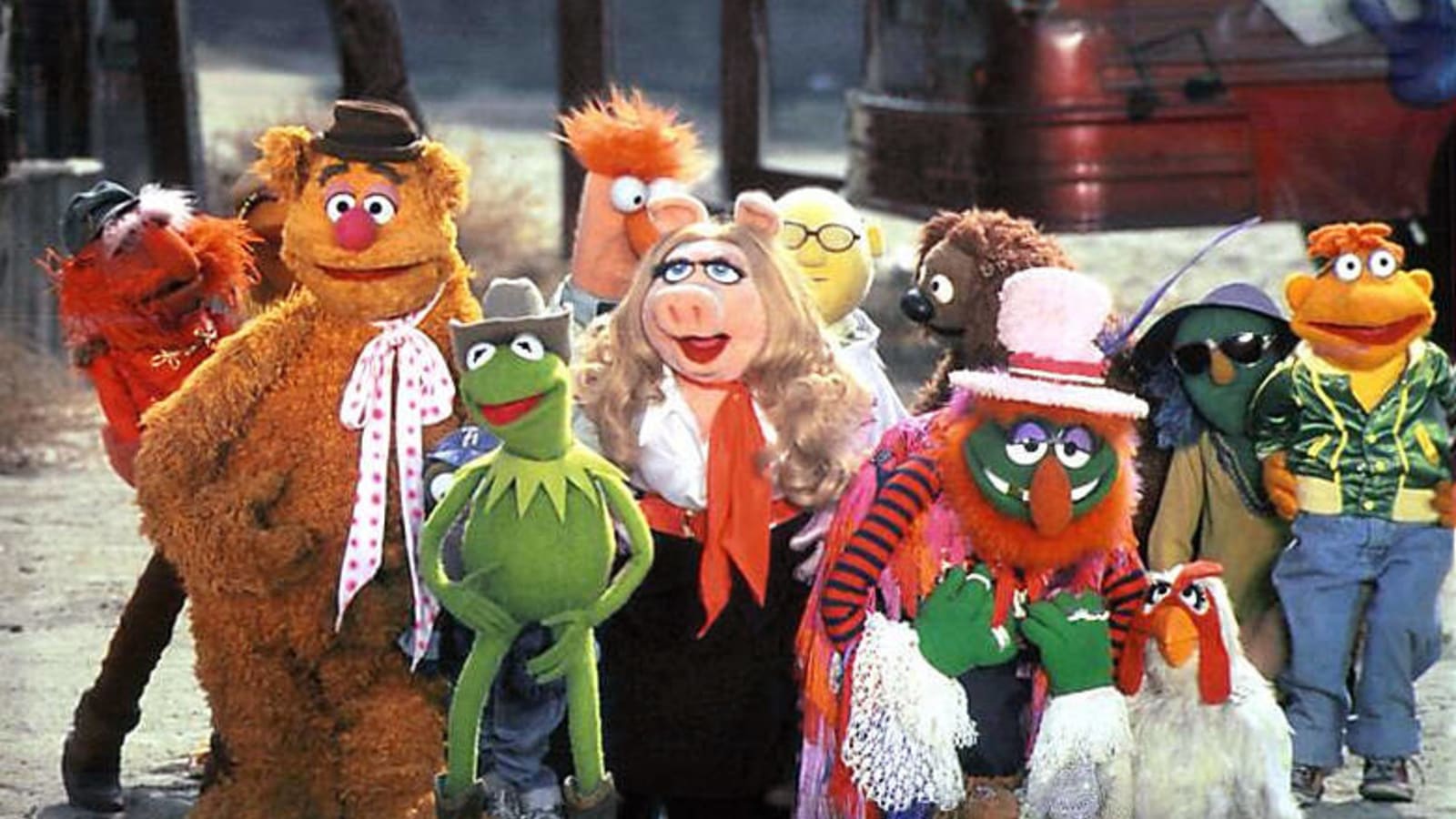
 +
+

